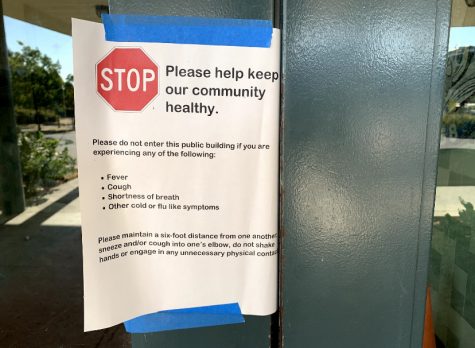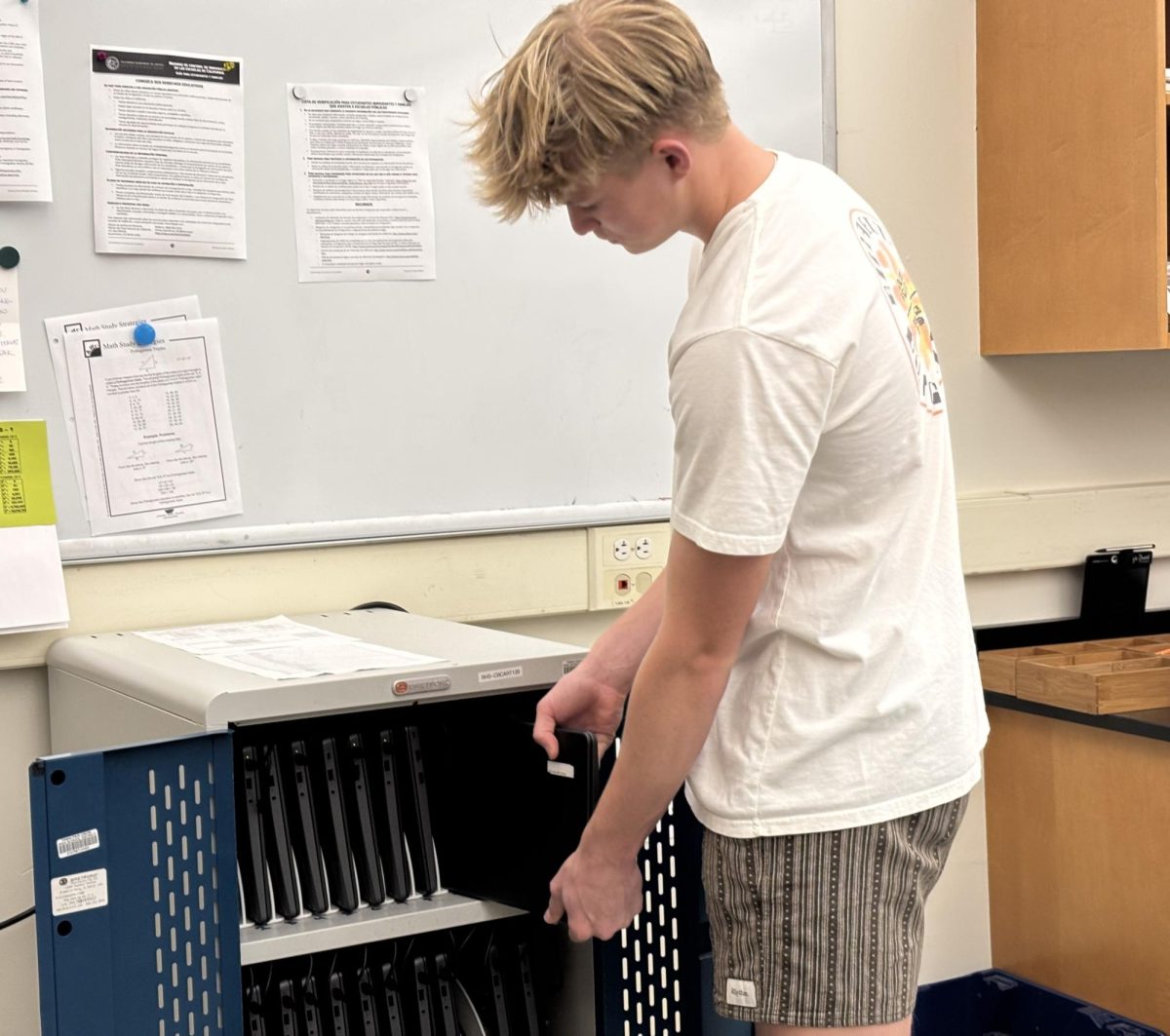On July 16, parents and students of the Tamalpais Union High School District (TUHSD) awoke to an email from district superintendent Dr. Tara Taupier in which she announced all “in-person instruction” at school will be postponed until at least Sept. 8 to mitigate the spread of COVID-19. Instead of attending schools on campus, students and teachers will be using virtual models similar to Spring 2020.
On July 3, Taupier sent a district-wide email describing three possibilities for the beginning of the school year; the final decision would depend on how restrictive public health guidelines were leading up to the start of the school year. Since then, rates of positive COVID-19 have increased, subsequently prompting greater restrictions and the latest announcement by Taupier.

In California, COVID-19 cases gradually rose from March to June until a large surge occurred throughout the state at the end of June and continued into July. California has reinforced public health restrictions since then and has approximately 375,363 confirmed positive cases as of July 17, according to the California Department of Public Health.
A similar trend is unfolding in Marin County: since June 15, Marin has gained 1,363 new cases and 13 deaths, according to Marin Health & Human Services. Additionally, according to Marin Public Health Advisor Dr. Matt Willis, there has been a 15 percent increase in intensive care unit visits for COVID-19 in Marin during this time frame. While increased testing availability may have been a contributing factor to the rise of positive cases across California, according to SF Gate, social gatherings, outbreaks in nursing facilities and prisons and insufficient usage of masks in public have also played a significant role in spreading the virus.
In a video update posted to Marin County’s Coronavirus Response website on July 16, Willis explained that the increased cases in Marin are the principal reason for the decision to delay reopening schools.
“That [decision] is based simply on the fact that we are seeing increased transmission in our community. There is no sign of a flattening of the curve,” Willis said.
Currently, Marin is on California’s state watchlist alongside 32 other counties. A place on the monitoring list can be given for a variety of factors, but the primary reasons for being on the watchlist are elevated disease transmission or lack of resources such as testing kits or hospital capacity. California Gov. Gavin Newsom has forbidden schools from reopening in-person until their county remains off of the watchlist for at least 14 days with progress approval from their local public health advisor.

Marin County Superintendent of School Mary Jane Burke has been working alongside Willis to plan for the upcoming school year. In order to get off the watchlist, she encourages the community’s preventative measures to remain vigilant.
“Our new target is to get Marin County off of the watchlist for 14 days. We know how to do it, and we have all the steps set,” Burke said. “Now it’s just going to be really important that the entire community is doing everything we can to drive down those numbers so we can get people back to school.”
Willis, however, is not optimistic that Marin will get off the list soon.
“I imagine we’re going to stay on that watchlist for a while because our prevalence is above twice the minimum that would be required to be on that list,” Willis said.
Despite his own skepticism regarding how quickly Marin can get off of the list, Willis believes there is a clear and simple path that our community must follow in order to open schools again.
“If we want to get back into school everyone in Marin County is going to have to do everything we can to limit those acts of transmission. And it’s simple: maintaining six feet of distance and covering our face,” Willis said. “It’s very difficult for the virus to be transmitted if you just do those two things.”
Once TUHSD is able to reopen campuses for in-person learning, there are strict state protocols in place to ensure the virus is regulated. For example, if 5 percent of an individual school tests positive or if 25 percent of an entire district contracts the virus, schools will be forced to return to online learning.
If Willis’ prediction is correct and Marin remains on the watchlist for an extended period of time, rising senior Lindsay Felder worries that online school will limit her ability to learn in the upcoming school year.
“I would have been most comfortable with doing some sort of hybrid where it was mostly in-school. Especially as an upperclassman taking upper-division classes, it’s very difficult to start new classes online,” Felder said.

Despite the obvious downsides to teaching virtually, English and academic workshop teacher Kathryn Ghiraldini hopes to work with her colleagues to improve the distance learning experience that students had during the spring.
“We are really going to try to think about utilizing [Zoom] breakout groups and somehow expand [students’] learning,” Ghiraldini said. “In the spring, looking at 20 black screens and 10 faces was telling me [my students] were not engaged. I want it to be more interactive because a big concern is the social and emotional well-being of our students.”
The spring semester’s distance learning model presented itself with flaws that affected both students and teachers. To address these issues in the fall, Redwood will be providing professional development for its teachers to prepare for distance learning and ultimately better the remote process for all members of the TUHSD.









